The Classical Free-Reed, Inc.
The Free-Reed Family: A Brief Description
Part Three: Eastern Instruments
The Asian Free Reed
By Robert Garfias
http://www.socsci.uci.edu/rgarfias/
University of California
Irvine California
The principle of the free reed appears to have had its inception in Asia
and after spreading there was subsequently introduced into with West where
it developed into such instruments as the harmonica, the accordion, the
harmonium and the free reed organ. Instruments of this type are based on
the principle of a free vibrating reed, unlike the single beating reed of
the clarinet or saxophone, and likewise unlike the double reed instruments
like the Western oboe, or the Indian shahnai and Chinese
sona. The Chinese written character for the mouth harp, jaw's harp
or guimbarde is the same character for tongue and the character used to
describe the actual reed used in the Chinese mouth organ, sheng,
known in Japan as sho.
Free reed instruments of various types abound in traditional Asia.
Mouth harps are very wide spread. The various type of kobing or
kubing of the Philippines serve as good examples. The klui
of Thailand is an interesting and unique example of a free reed
functioning as the sound generator for a flute. Much more common are the
various types and sizes of mouth organs found in South East Asia. The
Laotian and Northern Thai, khene and the now extinct Burmese
hnyin are examples as well as the many types found among the Hill
Peoples of Burma, Thailand and Vietnam.
The mouth organ, or sheng, became a mainstay in the music of the
courts of ancient China and from here was introduced into Korea as the
saeng-whaeng and into Japan as the sho Chinese outdoor wind
ensembles also used the sheng together with the conical double
reed, the sona or the cylindrical double reed, the kuan, or
pi, for lively festive music.
A European travellers in the 18th
Century appear to have brought a mouth organ to the West and thereby gave
rise to the development of European instruments following this
principle.
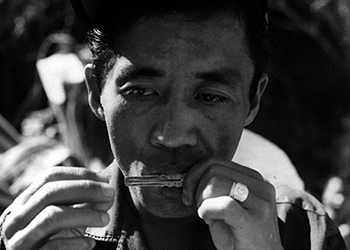
The Philippine kobing from Northern Luzon
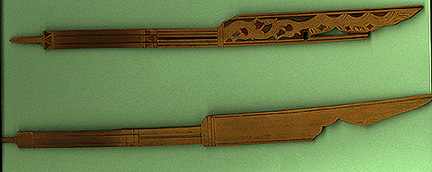
Two kobing from the Maranao people on the island of Mindanao in the
Southern Philippines.
Ensemble of the Yin people of hill country of Myanmar or Burma, using
panpies and mouth organs.
Sound File: http://aris.ss.uci.edu/rgarfias/courses/asian/yin.wav
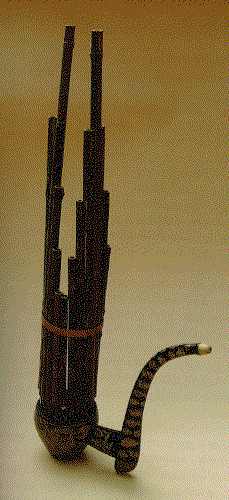
The Chinese sheng
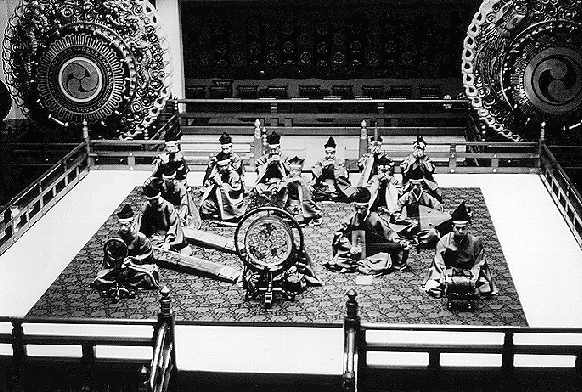
The sho being played in the kangen ensemble of the Japanese court
orchestra, Gagaku.
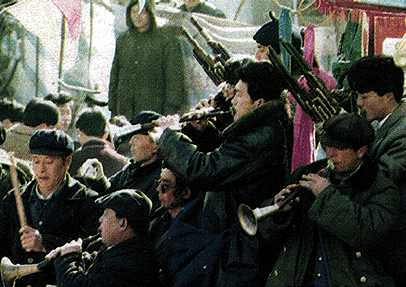
Chinese outdoor wind ensemble
sound
file
http://aris.ss.uci.edu/rgarfias/courses/asian/sona.wav
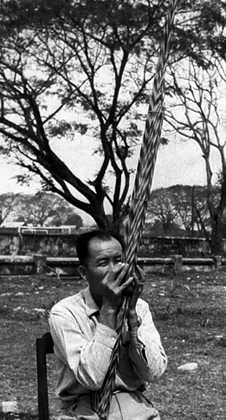
Laotian Khene played by the late Thao Phet Sannanikonne
sound file
http://aris.ss.uci.edu/rgarfias/courses/asian/khene.wav





